Ford Grand Tourneo Connect Estate (2013-2022) engines, drive and performance
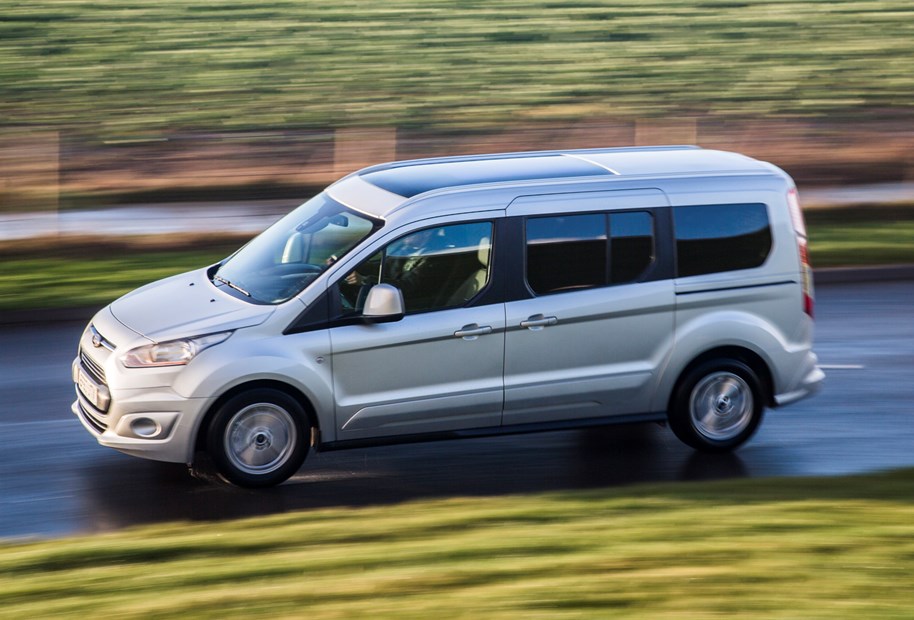
Diesel engines which provide lots of power at lower engine speeds mean that Ford Grand Tourneo Connect performance is blunted by the car’s weight and lack of aerodynamic efficiency.
Three different versions of Ford’s well-regarded 1.6-litre TDCi are available, all of which feel refined and quiet from within the cabin.
Fitted with a five-speed manual gearbox, the 94bhp version is available with the entry-level and mid-range trims. Developing 220Nm of torque, the 0-62mph time is a pedestrian 15.1 seconds while top speed is 100mph.
Positively, CO2 emissions are 130g/km and fuel economy is a claimed average of 56.5mpg.
Select Ford’s optional ‘Fuel Economy’ pack, featuring automatic stop/start function and moveable shutters behind the front grille, 10Nm more torque is liberated from the engine.
Performance statistics remain as before but emissions drop to 121g/km and fuel efficiency rises up to 61.4mpg. Again, this engine is only available on Style and Zetec trims.
Available only with higher grade Zetec and Titanium specifications is a 113bhp version of the same engine. Torque jumps to a very healthy 285Nm, meaning the Grand Tourneo Connect is able to accelerate from slower speeds with greater ease.
Transmitting power to the front wheels via a six-speed manual gearbox, performance remains leisurely with a top speed of 103mph and a jog to 62mph in 14.1 seconds, but the benefit is efficiency remains a strong point.
Ford claims 58.9mpg with CO2 emissions of 130g/km, figures superior to the entry-level engine.
Driving the Ford Grand Tourneo Connect reveals a surprisingly good ride and handling arrangement.
While it’s not going to generate throngs of driving enthusiasts vying for a turn behind the wheel, it feels much more like a car to drive than a commercial vehicle. So much so that not only is it superior to rivals including Volkswagen’s Caddy Maxi Life, it outshines many conventional estate cars too.
Usefully for a car that could be transporting up to seven passengers, ride comfort has been the engineers’ priority and the Grand Tourneo doesn’t disappoint. Rough and broken asphalt surfaces are dealt with effectively whether at low or higher speeds.
While a motorway cruise poses no problems, it’s less adept at B-road jaunts. It doesn’t handle badly, it’s just not as accomplished on twistier roads as it leans over a little.
Positively the steering is very communicative, surprisingly so when many ‘ordinary’ cars feel anaesthetised in this regard. Kickback over potholes is well-suppressed but the vibrations through the steering wheel let you know what’s happening out front.
When things are on the brink of getting out of hand the electronic stability software engages unobtrusively to gather it all back together.
The overall result is a car that feels much more nimble than its size suggests, inspiring confidence in drivers not used to a vehicle of this size and type.


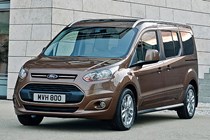
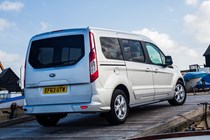
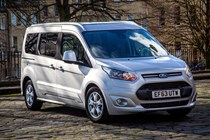
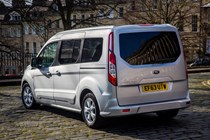
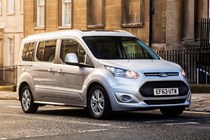
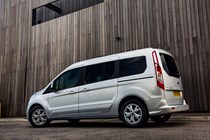
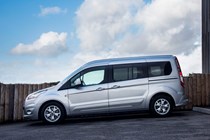
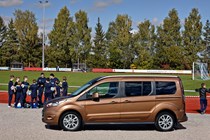


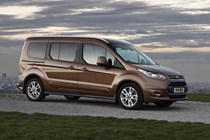
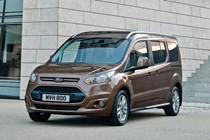
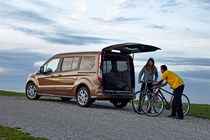
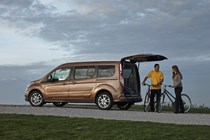


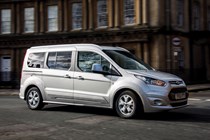
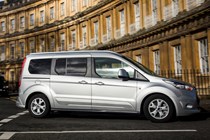
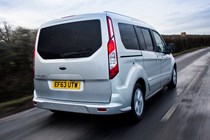
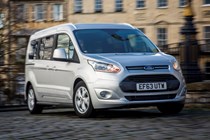
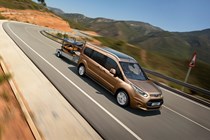
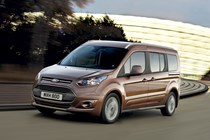
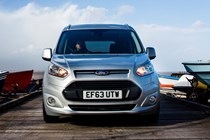
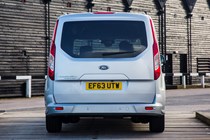
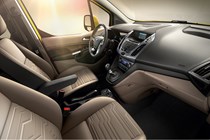

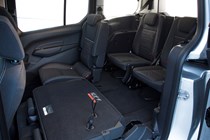
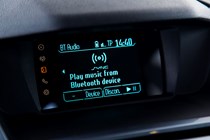
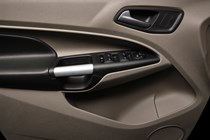
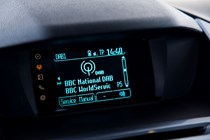
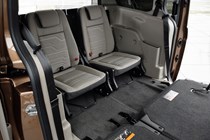
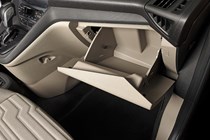

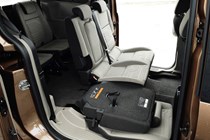
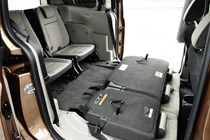
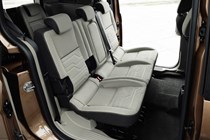
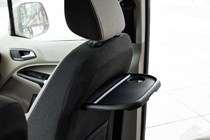
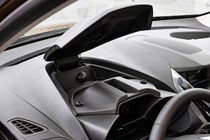
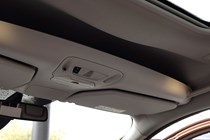

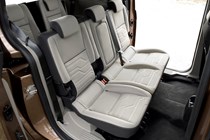

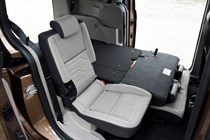
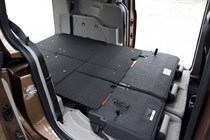
.jpg)

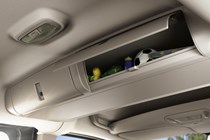
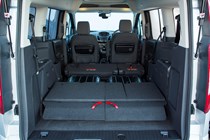
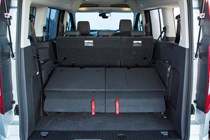
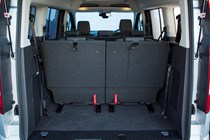

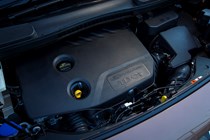












































.jpg?quality=50)






